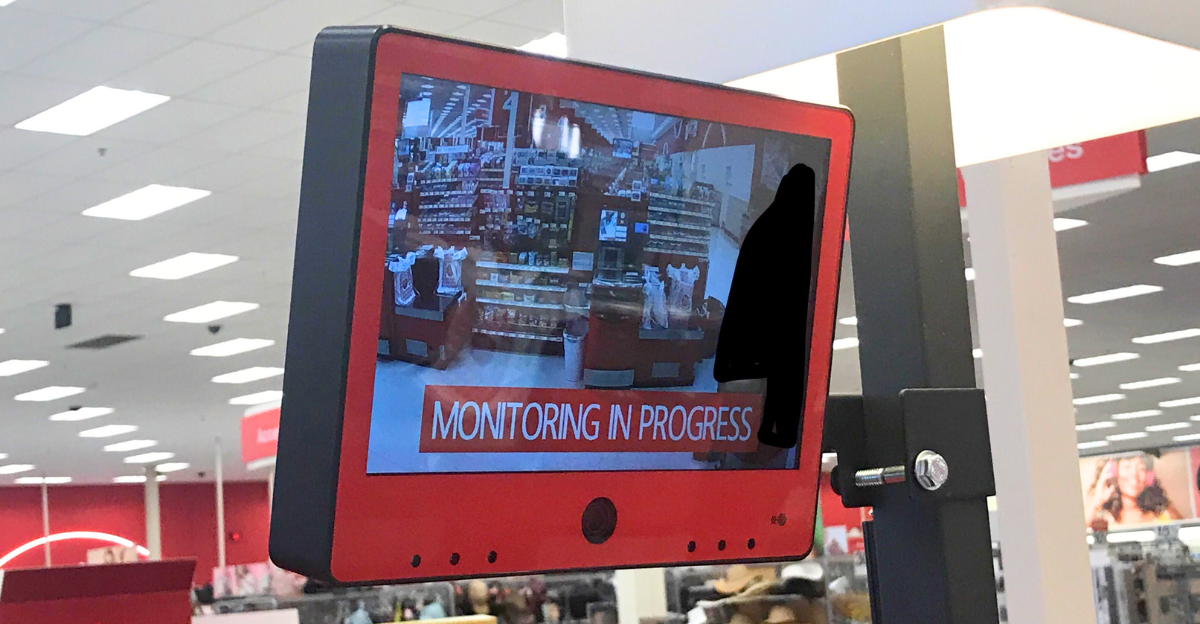
One year ago, in March 2024, Target implemented new restrictions on self-checkout that caught many shoppers off guard. Customers who attended the self-checkout with more than 10 items were told no and had to go to the less-efficient registers.
After this change, checkout lines became longer, leading to frustration and online opinions. One shopper posted, “The Target I live near completely got rid of self-checkout… It had it last Saturday.” This highlights the confusion and abrupt change that Target imposed, disrupting many consumers’ daily shopping.
Reactions Online
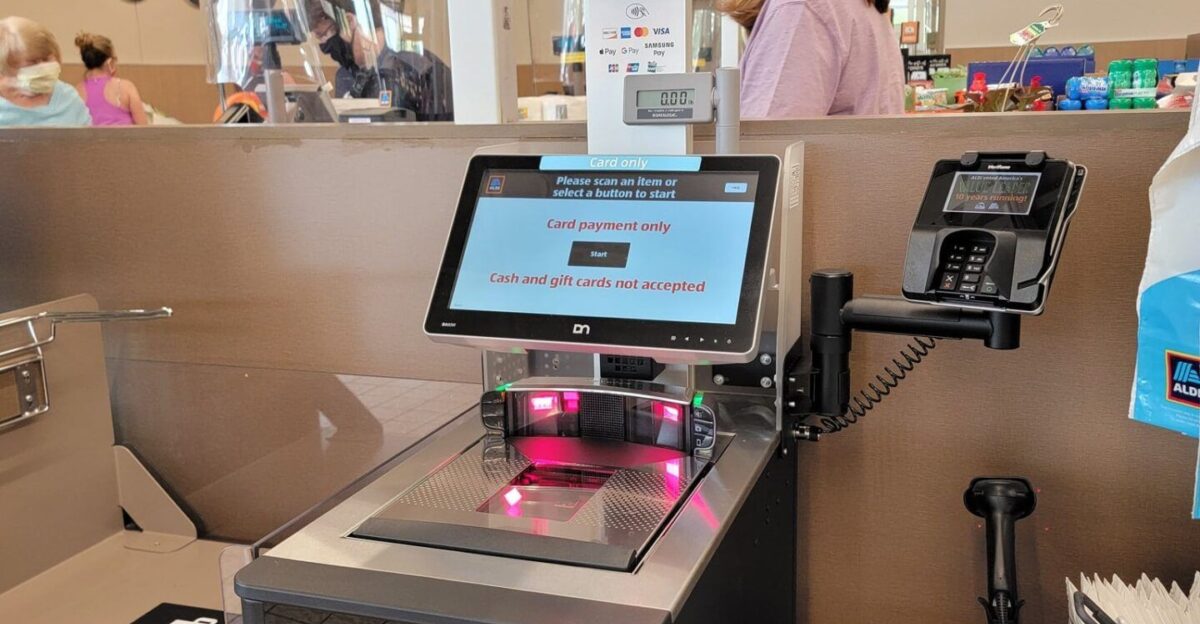
Reactions online were polarizing, with some customers being vocal about their frustration while others were relieved. Users flocked to Reddit to post images of the closed kiosks and debated amongst one another.
Many shared their negative experiences, “That’s unfortunate. I dislike having to go through a staffed register.” Other users on X said, “Target is turning into Walmart. Sixteen lanes. One cashier. Mile-long line for self-checkout. Why?!”
Self-Checkout
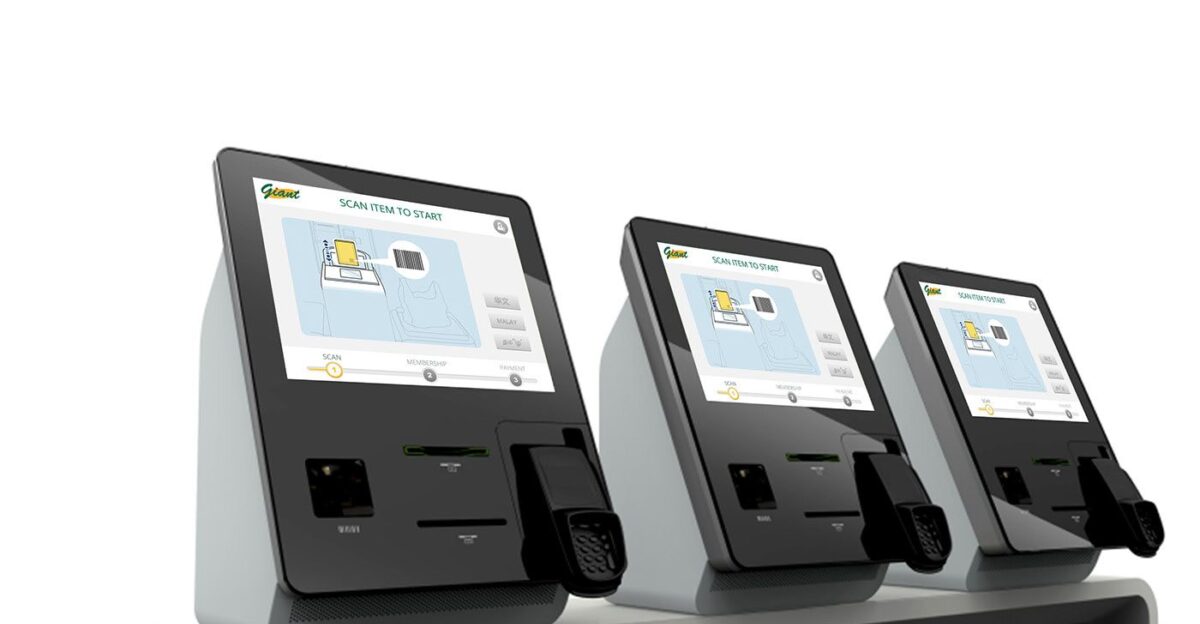
Big retailers advanced their systems in the 2000s and started integrating self-checkout aisles into stores across the U.S. Many consumers praised the innovative system, which was also a win for the retailers, as they could spend less on labor.
Years after its first implementation, in 2023, Target and other retail chains had expansive self-checkout systems, but the cons started to arise in the shadow of the benefits.
Losses
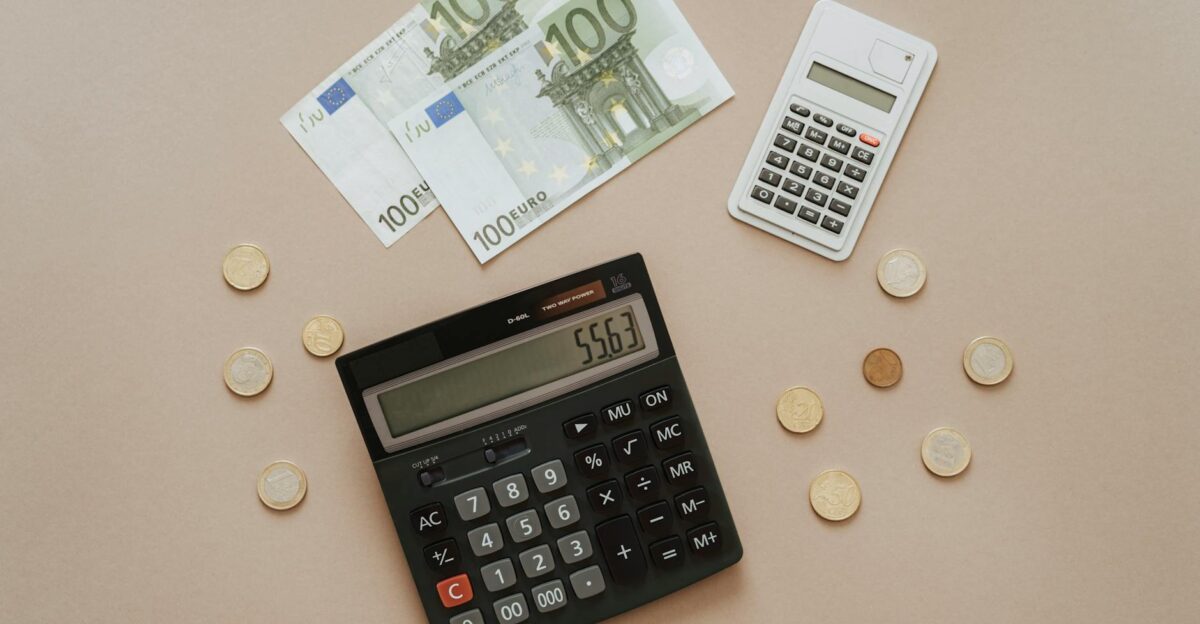
Self-checkout was an amazing new tool, but consumers didn’t see its hidden impact on businesses. Retailers noticed that the loss at self-checkouts dwarfed traditional registers, highlighting a problem.
The industry was under pressure and had to find a way to identify and solve the problems with modern checkout systems.
Shoplifting
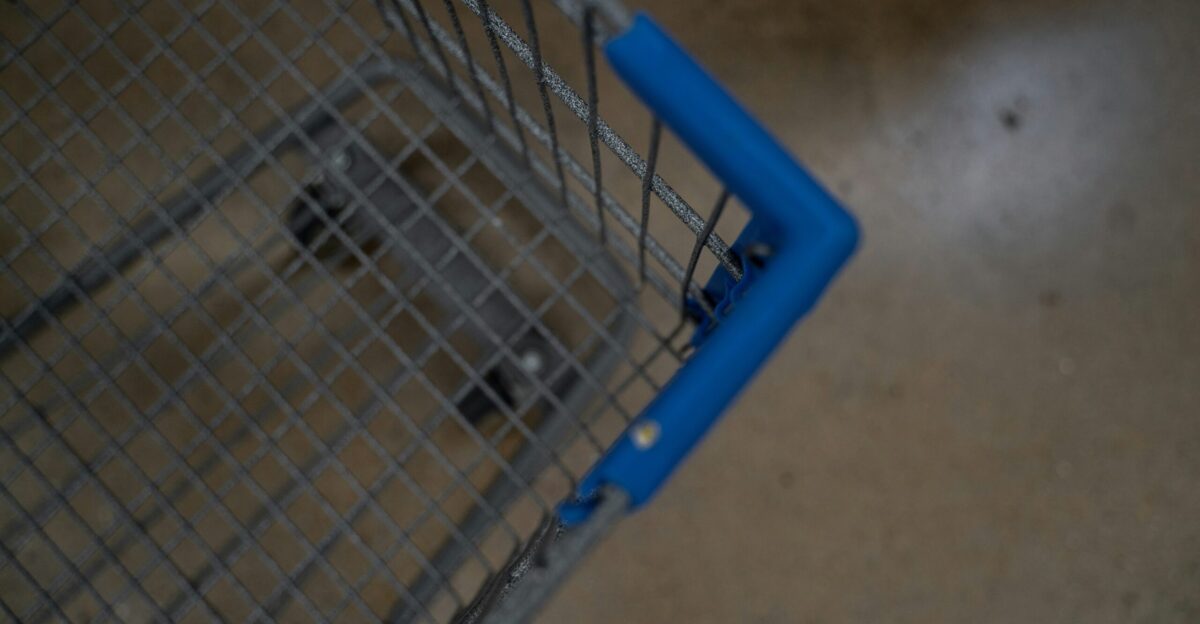
Target states that the biggest culprit for the loss caused at self-checkout is “shrinkage,” which refers to products being lost due to either error or shoplifting.
The CEO of Target reported substantial losses through shrinkage, including figures in the hundreds of millions. Organized groups have been believed to specifically target self-checkout lanes, ramping up the damage to the business.
Exploiting Self-Checkout
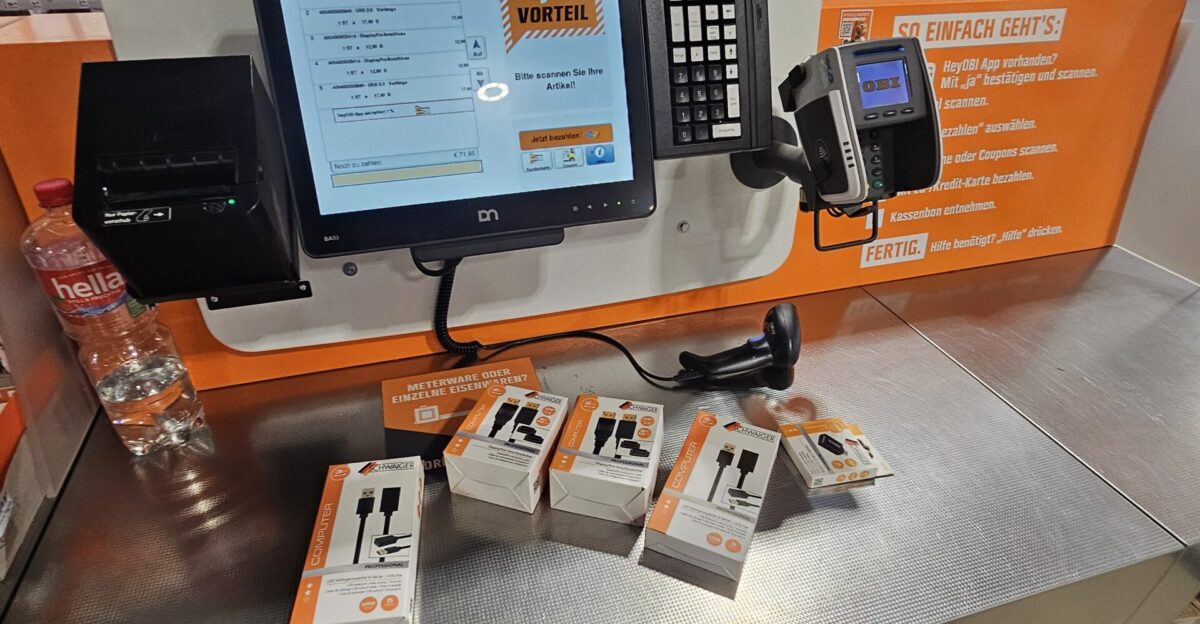
Both law enforcement and analysts have cited an uptick in group thefts at self-checkout systems, exploiting their inherent vulnerabilities.
Major retailers couldn’t ignore the significant damages, especially with high-profile social media accounts of successful theft. This allegedly caused the crackdown that left so many shoppers disrupted and annoyed.
The Policy Change
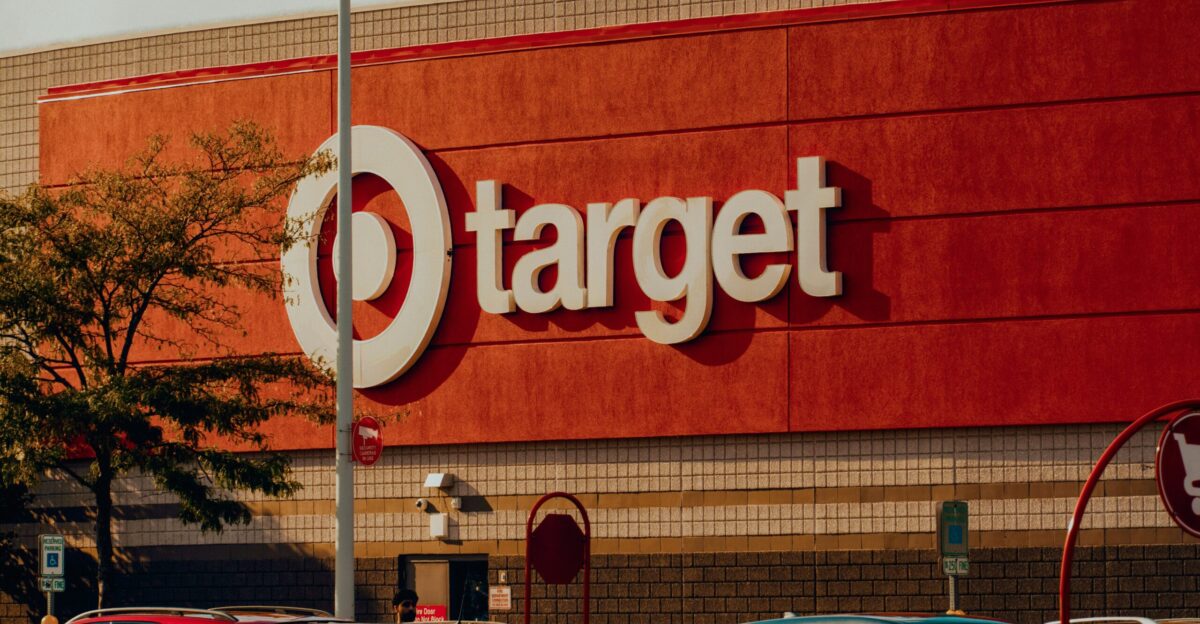
In the shadow of the exploitation and theft of self-checkout systems, Target changed its existing policy to mitigate damages. A 10-item cap was introduced at almost 2,000 location across America. Target stated its official reason for the change: “We’re creating a faster, more consistent experience.”
However, as shoppers and cashiers became accustomed to the existing infrastructure, there was a hard adjustment period. Shoppers got the message, and security took priority over convenience.
Impact By Area
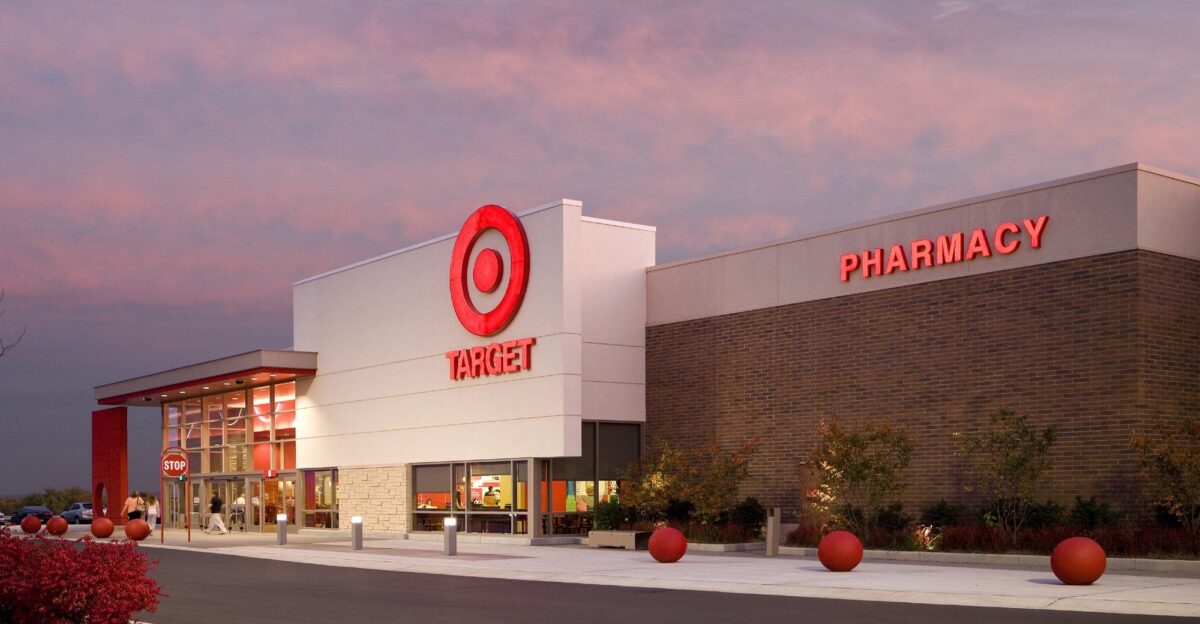
After the policy change, the fallout had varied experiences based on shoppers’ regions. In California and New York, Facebook and Reddit were flooded with personal accounts of confusion and redirection.
One post was from a Minneapolis resident who shared their experience of trying to buy just three items. They declared that it was an annoying situation, being stuck in a line at self-checkout while the registers were taken up by people buying months’ worth of food.
Other Frustrations
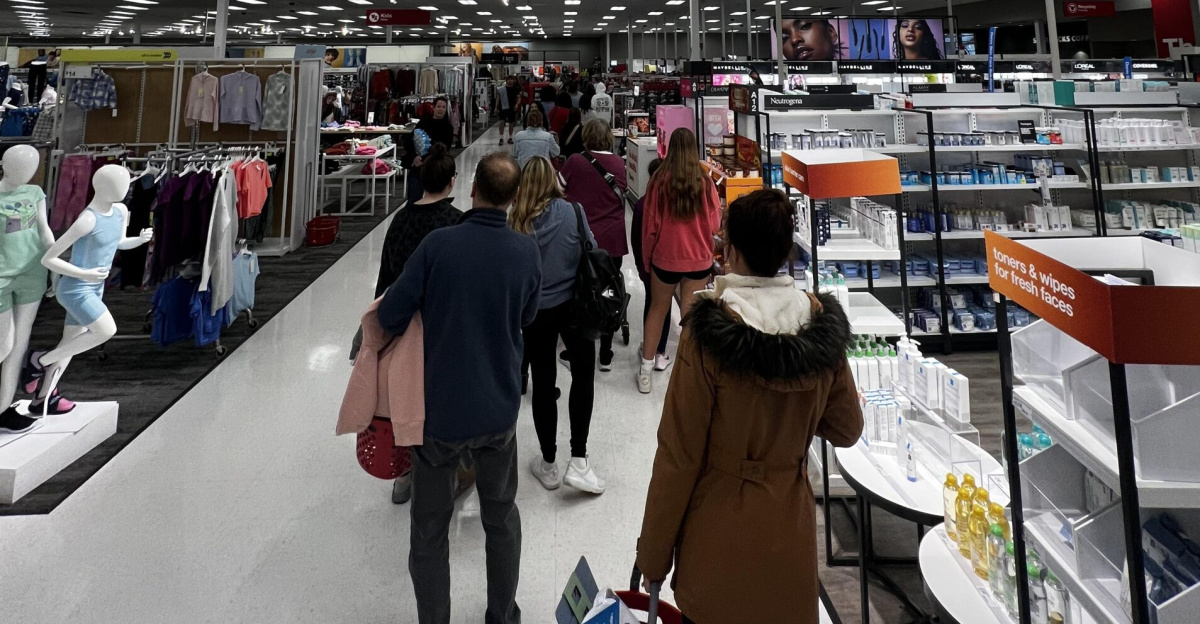
While many of the annoyances came from the inconvenience of longer lines, others were frustrated with the rollback on shopper autonomy. One user posted, “I will be heartbroken if this happens at my Target; I exclusively use self-checkout wherever it’s available.”
NBC reported that shoppers and employees felt the tension, with shoppers often taken out their frustrations on the staff who have no control over the roll back.
Other Retailers
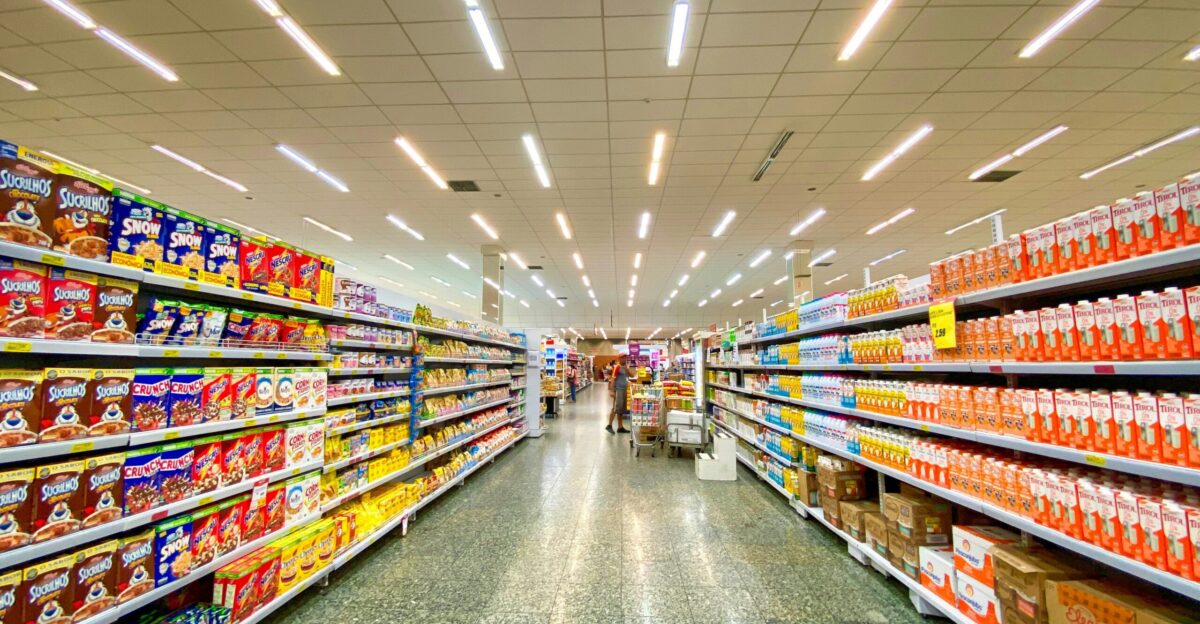
While Target was one of the most prominent retailers that imposed restrictions on consumers, other retailers, including Walmart, Safeway, and Dollar General, made similar changes.
The National Retail Federation reported that over a quarter of large U.S.-based retailers have scaled back self-checkout systems in the last year.
The Statistics

Some studies reported that self-checkout systems accounted for an estimated 20% of retail theft. While retailers rethink the systems and innovate their security, consumers have clarified that most want the convenience of self-service and autonomy.
A balance must be found to keep shoppers happy while reducing the shrinkage problem.
The Future Of Shopping
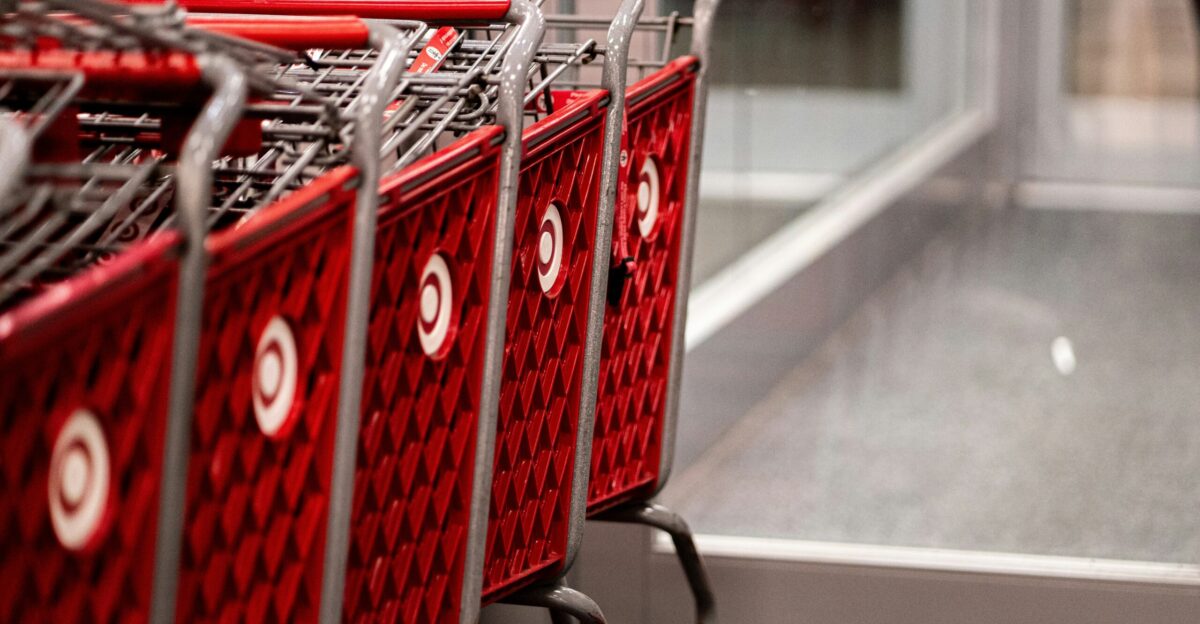
Limited self-checkout systems will be under severe strain under their current restriction when stores reach their peak traffic during holiday seasons.
It could have implications, driving shoppers to other stores if they can’t be innovated. Modern consumers have expectations, and they need to be met.